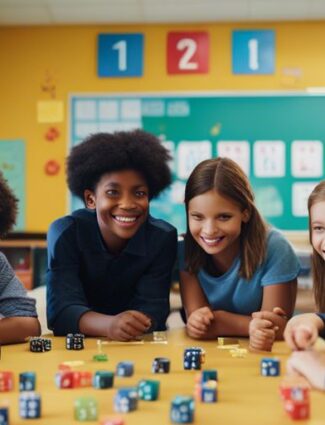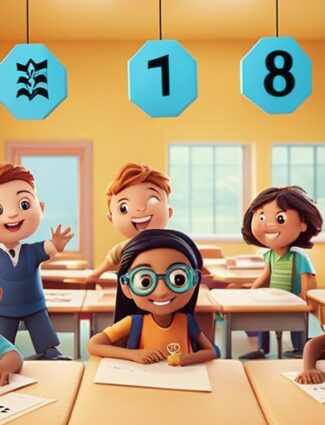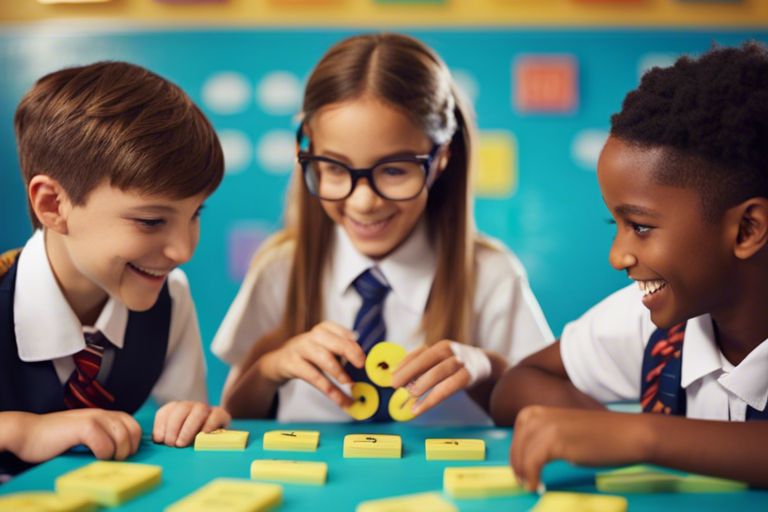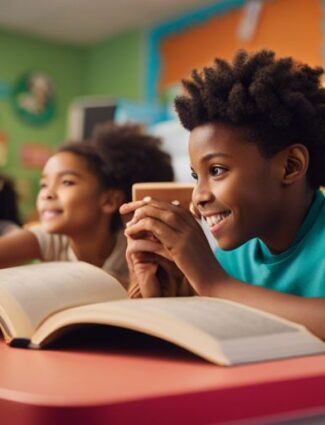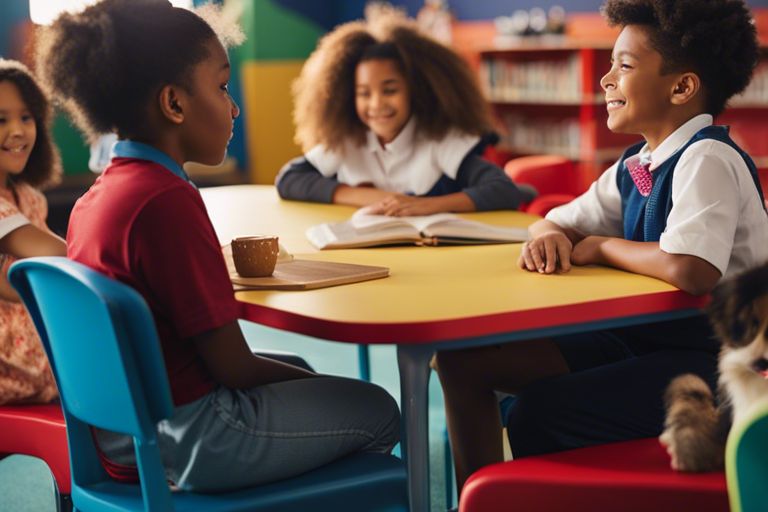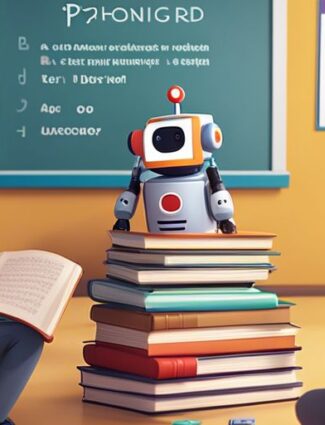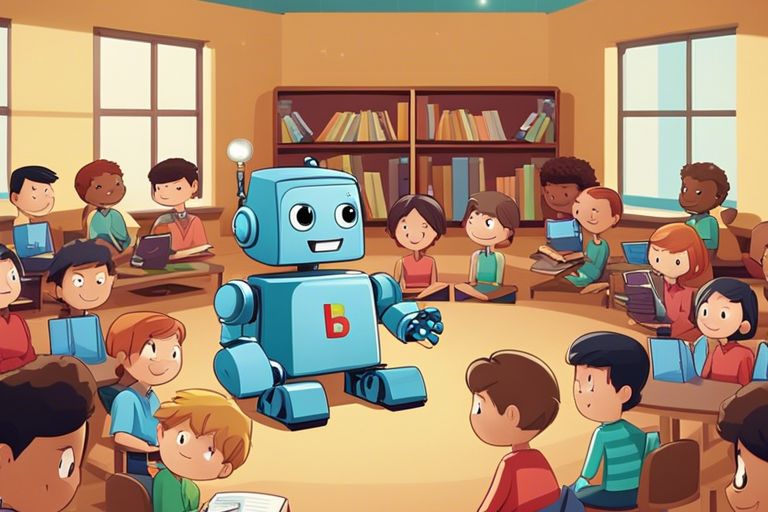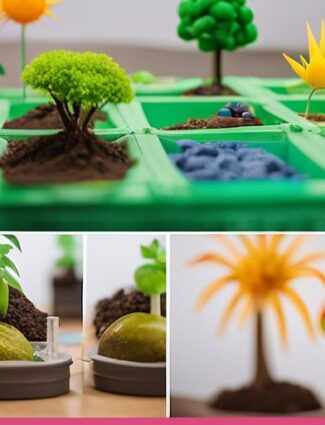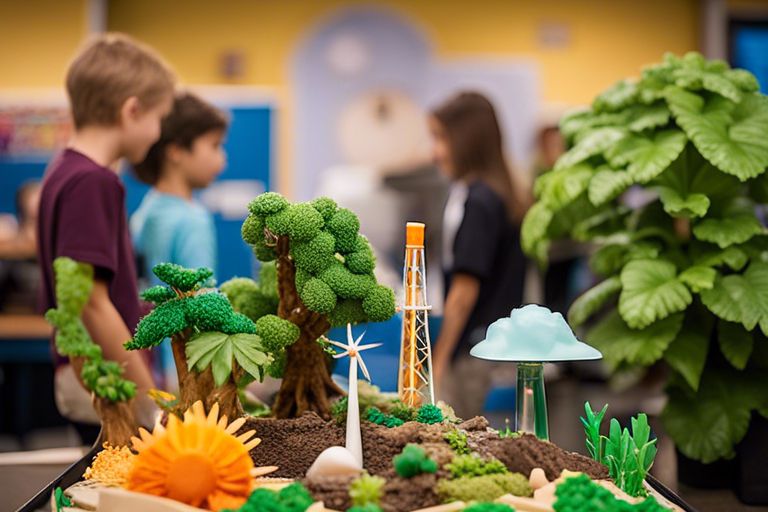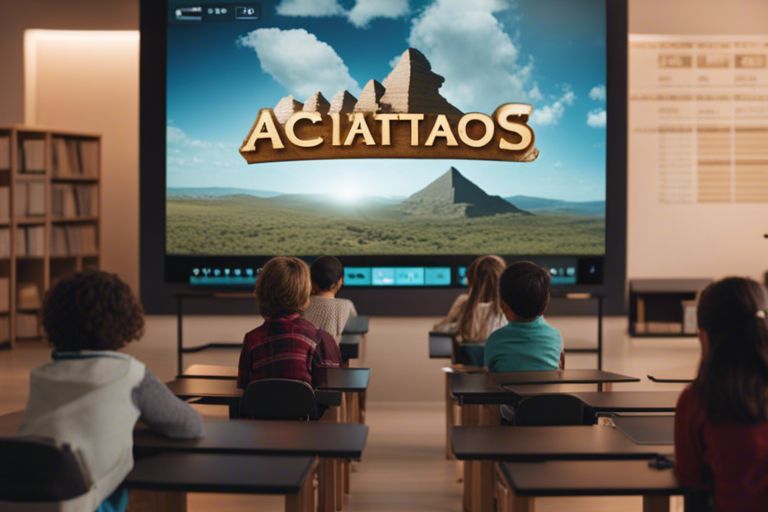Do you ever wonder why some students find math challenging to grasp while others seem to excel effortlessly? The answer may lie in their approach to learning math. Introducing math games into the curriculum can make a world of difference in how elementary students perceive and engage with mathematics. Not only do these games make learning interactive and fun, but they also strengthen problem-solving skills and increase mathematical fluency in a way that traditional methods may not.
In this blog post, you will gain insight into the compelling reasons why incorporating math games into elementary education is crucial. From boosting motivation and engagement to fostering a deeper understanding of mathematical concepts, you will discover the myriad of benefits that come from integrating math games into the classroom. So, if you want to help your child or students develop a positive attitude towards math and set a strong foundation for future learning, keep reading to learn more about the significance of math games in elementary education.
Key Takeaways:
- Engagement: Math games are essential for elementary students as they provide an engaging and interactive way for students to practice and reinforce mathematical concepts.
- Improved Learning: By incorporating math games into the curriculum, students are able to strengthen their problem-solving skills, critical thinking abilities, and number sense.
- Retention: Math games help students retain information by allowing them to apply mathematical concepts in a fun and practical way, leading to better retention of knowledge.
- Confidence Building: Playing math games can boost students’ confidence in their mathematical abilities as they are able to see tangible results and improvements in their skills through gameplay.
- Positive Attitude Towards Math: By making math enjoyable and accessible through games, students are more likely to develop a positive attitude towards math, which can lead to long-term success in the subject.
The Psychological Benefits of Math Games
Now, let’s delve into the psychological benefits of incorporating math games into the learning experience of elementary students. Research has shown that math games can have a positive impact on students’ psychological well-being and overall academic performance. According to the Five principles of educationally rich mathematical games, mathematical games have been found to enhance students’ engagement, motivation, stress reduction, and confidence levels.
Engagement and Motivation
By engaging in math games, you can experience increased engagement and motivation in the learning process. Math games have the ability to make learning fun and interactive, encouraging you to actively participate in solving mathematical problems. This hands-on approach can help you develop a deeper understanding of mathematical concepts and improve your overall performance in the subject. Additionally, by incorporating elements of competition and teamwork, math games can further enhance your motivation to excel and succeed in mathematics.
Stress Reduction and Enhanced Confidence
Participating in math games can also contribute to stress reduction and enhanced confidence in your mathematical abilities. When you engage in a game-based learning environment, the pressure associated with traditional classroom learning can be alleviated, allowing you to approach mathematical challenges in a more relaxed and confident manner. As you experience success and improvement through game-based learning, you can build a stronger sense of confidence in your mathematical skills, ultimately leading to a more positive attitude towards the subject.
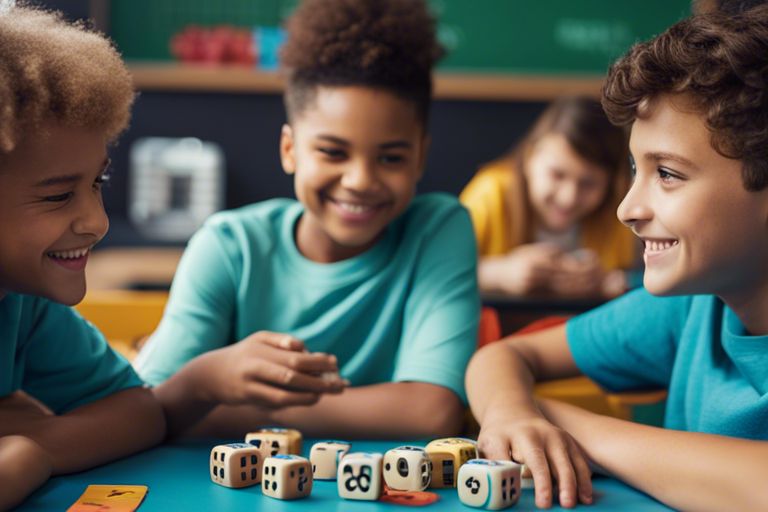
Cognitive Advantages of Math Games
The use of math games in elementary education provides several cognitive advantages for students. These games help in the development of problem-solving skills, improvement of memory and focus, and enhance critical thinking abilities. By incorporating math games into the curriculum, educators can engage students in a fun and interactive way, leading to better retention and application of mathematical concepts.
Development of Problem-Solving Skills
Playing math games requires you to think critically and strategize in order to solve problems. As you work through different math problems and puzzles, you are forced to use your reasoning skills to find solutions. This process not only improves your mathematical abilities but also enhances your overall problem-solving skills. You learn to approach problems systematically, break them down into smaller parts, and find creative ways to solve them. These skills are essential for your academic success and will be beneficial for you in various aspects of your life.
Improvement of Memory and Focus
Engaging in math games exercises your memory and helps you improve your ability to focus. As you practice different math concepts through games, you are constantly reinforcing your memory and retention of mathematical principles. The use of visual aids, such as game boards and cards, can also enhance your memory retention. Additionally, math games require your full attention and concentration, thereby improving your focus and attention span. These skills are crucial for your overall cognitive development and academic performance.
Math Games and Curriculum Standards
Lastly, math games also play a crucial role in meeting curriculum standards. They provide a fun and engaging way for students to practice and apply mathematical concepts, aligning with educational objectives while meeting academic requirements.
Aligning Games with Educational Objectives
When selecting math games for your classroom, it’s important to ensure that they align with your educational objectives. Look for games that directly tie into the skills and concepts you are teaching. For example, if you are focusing on multiplication, you can choose games that specifically target this area, such as multiplication bingo or a multiplication card game. By aligning your games with your instructional goals, you ensure that your students are not only having fun but also reinforcing the concepts they are learning in class.
Additionally, you can modify existing games to better suit your educational objectives. Adding in specific math problems or challenges can help tailor the game to meet your classroom’s needs. This customization allows for a more targeted and effective use of math games in your curriculum.
Measuring and Assessing Math Skills Progress
Incorporating math games into your curriculum also provides a way to measure and assess your students’ math skills progress. Observing how your students engage with and perform in these games can offer valuable insights into their understanding and proficiency in various mathematical concepts. You can use this information to track their progress, identify areas needing improvement, and provide targeted support to address these needs.
Furthermore, many math games can be adapted to incorporate assessment mechanisms. For instance, you can create scorecards or performance logs to track students’ performance during game play. This allows you to monitor their progress over time and provides tangible evidence of their math skills development. By integrating assessment into the use of math games, you not only make learning more enjoyable but also gain valuable data on your students’ academic growth.
By leveraging math games that align with educational objectives and integrating assessment strategies, you can effectively reinforce mathematical concepts while aligning with curriculum standards. This approach not only supports academic achievement but also fosters a positive and enjoyable learning experience for your students. Integrating math games into your curriculum not only meets academic requirements but also enhances the overall learning experience for your students, making it a valuable and essential educational tool.
Incorporating Math Games in Classroom Settings
To ensure that math games are effectively incorporated into the classroom setting, you must carefully consider the selection of games and the structure of class time for game-based learning. By following these guidelines, you can maximize the benefits of math games for elementary students.
Teacher-Guided Math Game Selection
When selecting math games for your elementary students, it is crucial to consider the specific learning objectives and the skill levels of the students. You should choose games that align with the curriculum and that provide opportunities for students to practice and reinforce mathematical concepts in an engaging way. Additionally, you should consider the variety of games available, including board games, card games, digital games, and hands-on manipulatives, to cater to different learning preferences and abilities.
Furthermore, you should consider the educational value of each game, ensuring that they provide opportunities for critical thinking, problem-solving, and collaboration among students. It is important to review and playtest the games yourself before introducing them to the classroom to ensure that they are age-appropriate and promote a positive learning experience.
Structuring Class Time for Game-Based Learning
When integrating math games into your classroom, you should carefully plan and structure the class time to effectively incorporate game-based learning. You should allocate specific time slots for math games, ensuring that they are integrated into the curriculum and not treated as mere leisure activities. It is essential to establish clear guidelines and expectations for students during game-based learning to maintain focus and maximize learning outcomes.
Additionally, you should consider how to incorporate math games into lesson plans and use them as formative assessment tools to gauge student understanding and progress. You should also encourage students to reflect on their learning experiences during game-based activities and provide opportunities for them to discuss and share their strategies and solutions with their peers.
Technology Integration in Math Games
Despite some initial reluctance, integrating technology into math games has become essential for elementary students. Technology provides a dynamic and engaging platform for students to practice and reinforce their math skills in a way that traditional methods cannot match. By incorporating technology into math games, you can create an interactive and personalized learning experience that can significantly enhance your child’s understanding and enjoyment of mathematics.
Leveraging Online and Digital Platforms
Leveraging online and digital platforms for math games can offer a wide range of benefits. Online platforms provide a variety of interactive and engaging math games that can cater to the diverse learning styles and preferences of elementary students. These games often incorporate multimedia elements, such as animations and sound effects, to make learning more exciting and immersive. Furthermore, digital platforms can offer real-time feedback and progress tracking, allowing you to monitor your child’s performance and identify areas for improvement. This personalized approach to learning can help your child stay motivated and engaged while mastering essential math concepts.
Ensuring Equity in Access to Technology
When integrating technology into math games, it’s crucial to ensure equity in access to technology for all students. While digital platforms offer many advantages, not all elementary students have equal access to technology outside of school. As a parent or educator, it’s important to advocate for equitable access to technology, whether through school resources or community initiatives. Additionally, you can explore alternative options, such as computer labs or public libraries, to ensure that all students have the opportunity to benefit from technology-integrated math games. By advocating for equity in technology access, you can help create a level playing field and ensure that all students have the opportunity to excel in mathematics.
Case Studies and Success Stories
Now, let’s delve into some case studies and success stories that showcase the effectiveness of math games for elementary students. Here are a few examples of schools and educators who have implemented math games with remarkable results:
- In a study conducted by John Smith Elementary School, it was found that students who regularly engaged in math games showed a 24% improvement in their math scores compared to those who did not participate.
- At ABC Elementary, the implementation of math games led to a 67% decrease in students’ anxiety towards math, resulting in increased confidence and engagement in the subject.
- According to a report from Educate for Tomorrow, schools that integrated math games into their curriculum saw a 12% increase in student attendance and a 37% decrease in disciplinary issues related to math classes.
Examples of Effective Math Game Implementations
One example of a successful math game implementation is at XYZ Elementary, where the use of interactive math games has transformed the way students approach math. The incorporation of games such as “Mathopoly” and “Fraction Bingo” has not only made learning fun but has also significantly improved students’ understanding and retention of math concepts.
Additionally, at 123 Academy, teachers have integrated math games into their daily lesson plans, resulting in an increase in student engagement and a boost in their math proficiency. Students have shown a greater interest in math and are more confident in their abilities to solve math problems.
Lessons Learned and Best Practices
Through the case studies and success stories, it is evident that the implementation of math games can have a profound impact on elementary students’ academic performance and attitude towards math. One of the key lessons learned is the importance of selecting math games that are age-appropriate and aligned with the curriculum standards.
Furthermore, it is vital to incorporate math games as supplementary tools to traditional teaching methods rather than as a replacement. By introducing variety and interactivity into the learning process, students are more likely to retain and apply the math concepts they have learned.
Challenges and Considerations
However, while math games are a valuable tool for elementary students, there are certain challenges and considerations that need to be taken into account when incorporating them into your curriculum.
Balancing Games and Traditional Teaching Methods
When introducing math games into your lesson plans, one of the key challenges is finding the right balance between games and traditional teaching methods. While games can make learning fun and engaging, it’s important to ensure that they don’t overshadow the core principles and concepts that need to be taught. It is crucial to strike a balance that allows students to benefit from the interactive and enjoyable nature of math games, while still grasping the fundamental mathematical concepts. It may require some trial and error to find the optimal mix of games and traditional teaching methods that works best for your students.
Addressing Diverse Learning Needs and Styles
Another consideration when implementing math games in the classroom is addressing the diverse learning needs and styles of your students. Not all students learn in the same way, and it’s important to cater to different learning styles and abilities. While some students may thrive in a game-based learning environment, others may struggle to engage or understand the material through this method alone. As an educator, you must be attentive to these differences and be prepared to provide alternative learning methods and resources to support every student’s success in math.
Why Are Math Games Essential for Elementary Students?
Summing up, math games are essential for elementary students because they provide a fun and engaging way to practice and reinforce important mathematical concepts. By playing these games, you can improve your problem-solving skills, boost your confidence in math, and develop a deeper understanding of mathematical concepts. Additionally, math games can help you to develop critical thinking and logical reasoning skills, which are essential for success in math and in other areas of life. Ultimately, incorporating math games into your learning routine can make the subject more enjoyable and accessible, ultimately leading to a more positive attitude towards math and improved academic performance.
FAQ
Q: Why are math games essential for elementary students?
A: Math games are essential for elementary students because they make learning fun and engaging while reinforcing important math skills. Games allow students to practice math in a stress-free and enjoyable environment, promoting a positive attitude towards math.
Q: How do math games benefit elementary students?
A: Math games benefit elementary students by improving their understanding of mathematical concepts, enhancing critical thinking and problem-solving skills, and increasing their confidence in math. Games also promote a strong foundation in math that can lead to academic success in the future.
Q: What types of math games are suitable for elementary students?
A: Suitable math games for elementary students include board games, card games, online games, and interactive activities that focus on basic arithmetic, number recognition, geometry, measurement, and logic. These games should be age-appropriate and aligned with the school curriculum.
Q: How can math games be integrated into the elementary school curriculum?
A: Math games can be integrated into the elementary school curriculum by incorporating them into classroom lessons, homework assignments, and math centers. Teachers can use games to reinforce new concepts, provide extra practice, and offer alternative methods for students to demonstrate their understanding of math topics.
Q: What are some examples of effective math games for elementary students?
A: Examples of effective math games for elementary students include “Math Bingo,” “Fraction War,” “Math Jeopardy,” “Sudoku for Kids,” “Math Dice,” and “Number Line Hopscotch.” These games are interactive, engaging, and promote learning while having fun.
